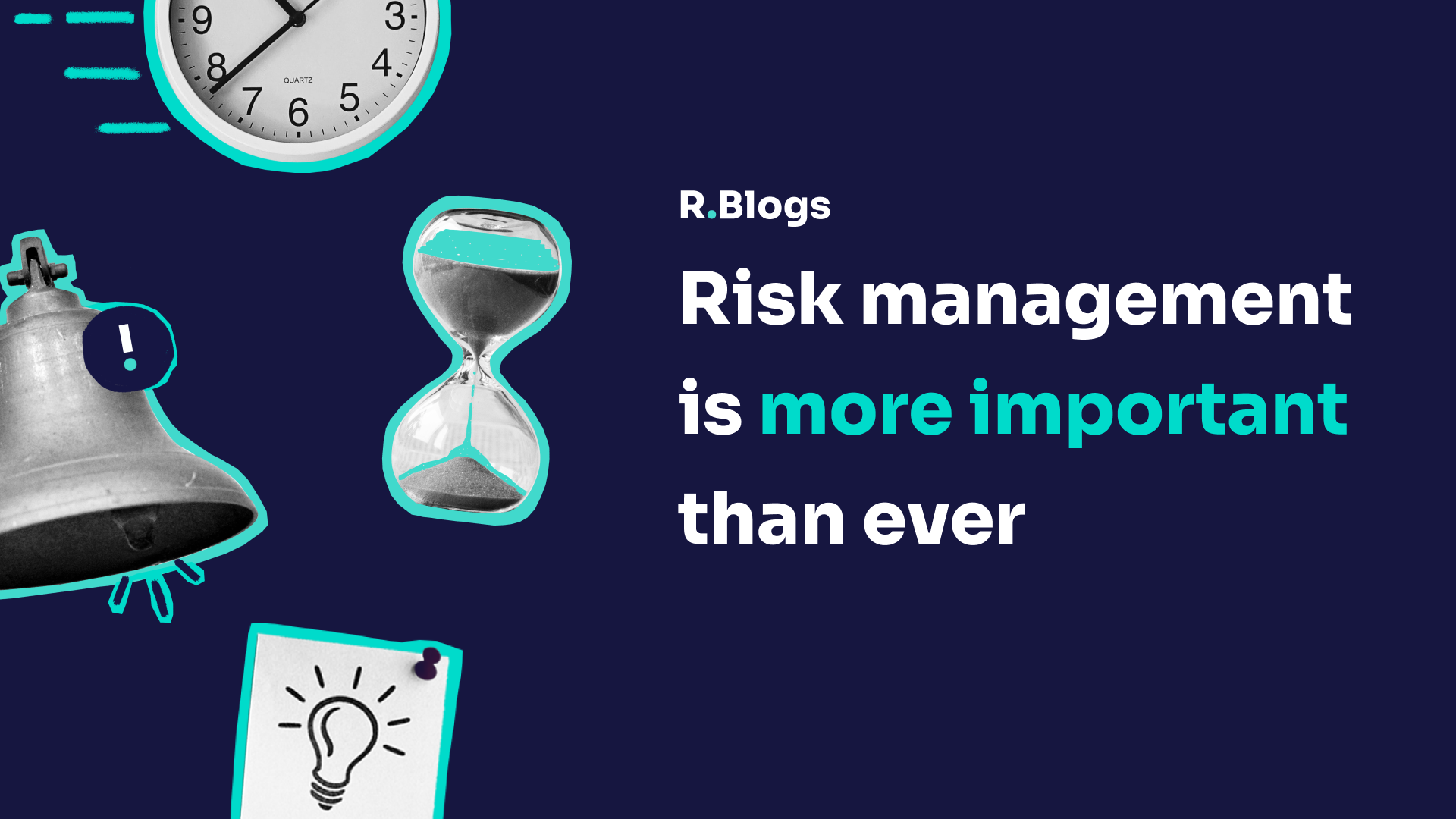Why the Importance of Risk Management Cannot Be Ignored in The Current Economy
Why the Importance of Risk Management Cannot Be Ignored in The Current Economy
Blog Article
Discovering the Significance of Risk Management for Effective Decision-Making Methods
In the intricate globe of service, Risk Management emerges as a vital element in the decision-making process. The capacity to recognize prospective risks and chances, and strategize appropriately, can spell the distinction between success and failing.
Recognizing the Concept of Risk Management
Risk Management, a vital element in decision-making, is often misconstrued or oversimplified. Risk Management includes regimented and structured strategies, using information and insightful assessments. From economic uncertainties, legal obligations, calculated Management mistakes, to crashes and natural catastrophes, it deals with various risks - importance of risk management.
The Function of Risk Management in Decision-Making Processes
In the world of critical preparation and organization operations, Risk Management plays an essential function in decision-making processes. Risk Management hence comes to be an important device in decision-making, assisting leaders to make educated selections based on an extensive understanding of the dangers involved. Risk Management serves as a vital part in the decision-making processes of any kind of organization.

Exactly How Risk Management Boosts Strategic Planning
In the context of strategic planning, Risk Management plays a crucial role. Launching with the recognition of potential risks, it better reaches the application of Risk reduction procedures. The role of Risk Management is dynamic yet not static, as it requires consistent monitoring and adjusting of strategies.
Recognizing Potential Dangers

Executing Risk Mitigation
Having actually developed the importance of recognizing potential risks, the following step is to check out Risk mitigation. This procedure includes establishing and implementing approaches to take care of identified dangers effectively. It is an important facet of critical preparation as it boosts decision-making by reducing possible adverse results. Risk reduction strategies can range from Risk avoidance, Risk transfer, to take the chance of reduction. Each approach must be tailored to the details Risk, considering its possible impact and the organization's Risk resistance. Efficient Risk reduction calls for a deep understanding of the Risk landscape and the possible effect of each Risk. This understanding enables organizations to focus on threats and allocate resources efficiently, making sure that the most significant risks are dealt with initially.
Surveillance and Adjusting Techniques
Though Risk reduction is a crucial step in tactical planning, continuous monitoring and adjustment of these strategies is just as vital. It additionally gives a possibility to review the success of the Risk Management steps, enabling changes to be made where required, additional improving critical preparation. Tracking and changing Risk Management methods is an important element for boosting a company's resilience and strategic preparation.
Case Studies: Effective Risk Management and Decision-Making
In the globe of company and money, successful Risk Management and decision-making commonly serve as the columns of prosperous ventures. These cases highlight the worth of astute Risk Management in decision-making procedures. find out here These cases emphasize the important function of Risk Management in calculated decision-making.
Devices and Techniques for Effective Risk Management
Navigating the intricate maze of Risk Management requires the right collection of devices and strategies. These devices, such as Risk registers visit the site and heat maps, help in recognizing and evaluating potential threats. Methods consist of both quantitative methods, like level of sensitivity analysis, and qualitative methods, such as SWOT evaluation. These aid in prioritizing risks based on their possible effect and possibility. Risk response approaches, an essential part of Risk Management, entail accepting, avoiding, moving, or mitigating risks. Monitoring and managing risks, through routine audits and testimonials, ensure that the methods continue to be effective. With these methods and devices, decision-makers can browse the complicated landscape of Risk Management, thereby promoting educated and effective decision-making.
Future Fads in Risk Management and Decision-Making Techniques
As we explore the substantial landscape of Risk Management, it comes to be apparent that the tools and techniques made use of today will certainly proceed to develop. The concept of Risk culture, where every member of an organization is conscious and included in Risk Management, will acquire more prominence. These trends advertise a more comprehensive and positive method towards Risk Management and decision-making.
Verdict

Risk Management hence comes to be a vital tool in decision-making, helping leaders to make educated options based on a thorough understanding of the risks included. Risk reduction techniques can vary from Risk avoidance, Risk transfer, to take the chance of reduction (importance of risk management). Reliable Risk mitigation needs a deep understanding of the Risk landscape and the prospective effect of each Risk. Risk response strategies, a key component of Risk Management, involve accepting, preventing, moving, or mitigating risks. The principle of Risk culture, where every participant of an organization is mindful and involved in Risk Management, will certainly obtain more importance
Report this page